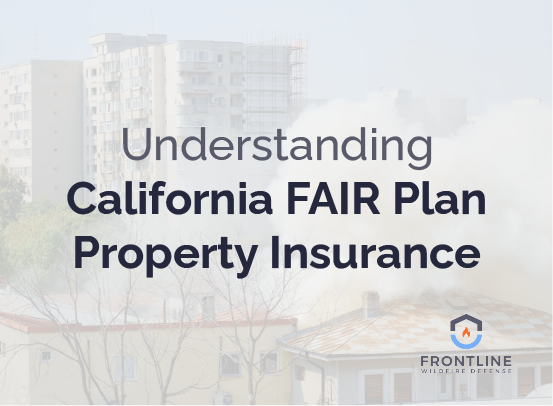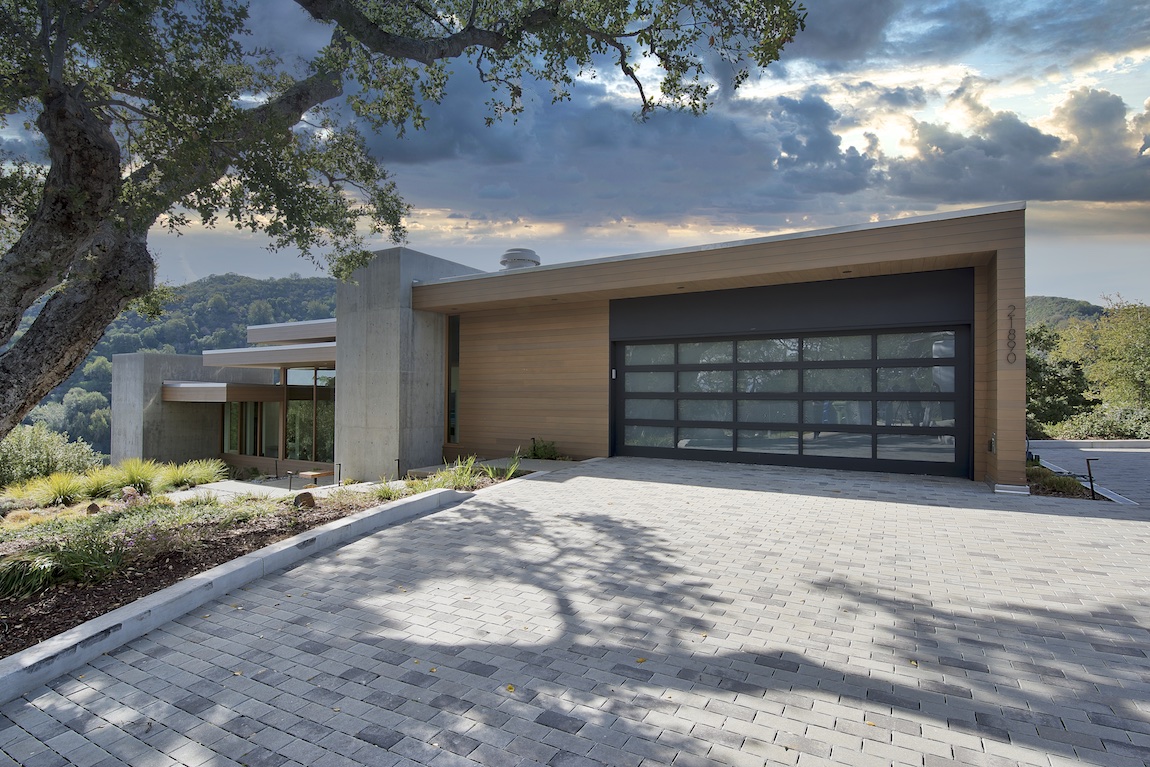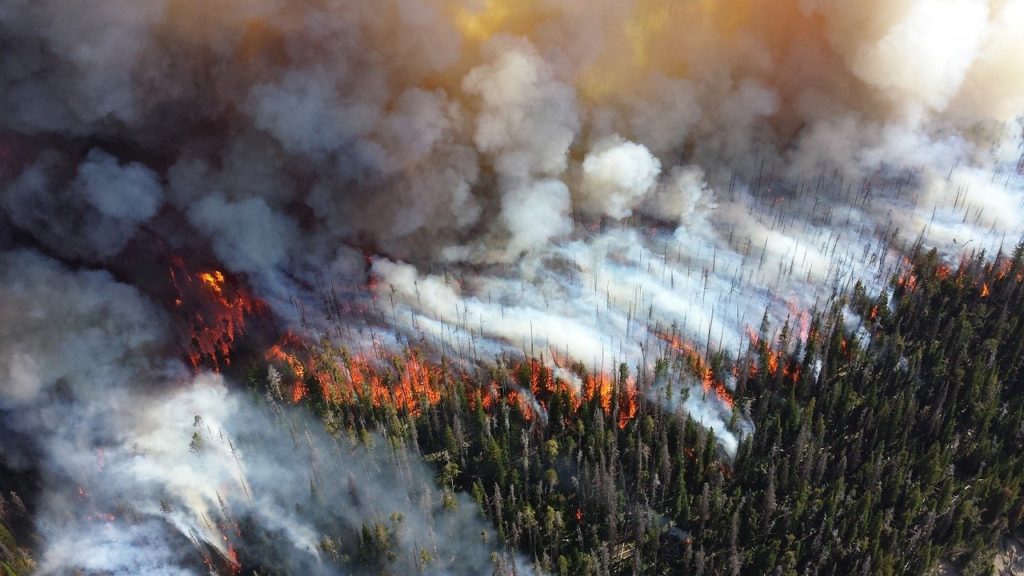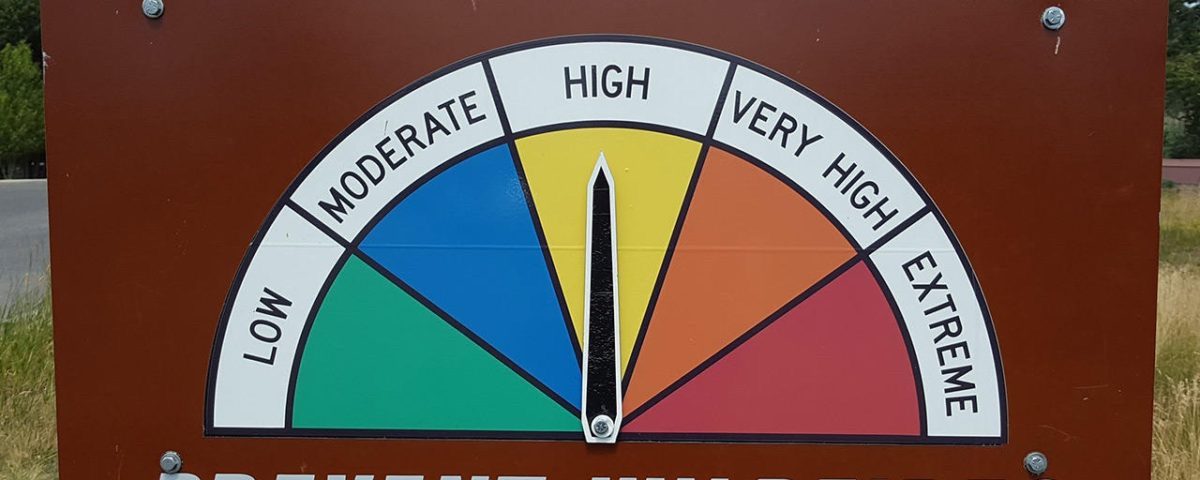
The forest fire danger rating system provides first responders, forest managers, and residents in fire-prone cities and states with a system to determine the danger potential of fires in a given area. As wildfires continue to devastate cities and states throughout the country, it’s important for those that live in these areas to gain a greater understanding of wildfire behavior and learn ways in which they can mitigate their risk of starting dangerous fires. To get a better grasp on how wildfire danger levels are estimated, here’s everything you need to know about the forest fire danger rating system.
Protect your home from wildfire by installing a Frontline Wildfire Defense exterior sprinkler system. For more information, contact us today for a free consultation.
What is the National Fire Danger Rating System?
The National Fire Danger Rating System (NFDRS) was originally developed in the early 1970s to provide protection agencies with a consistent way to measure a fire’s danger potential.
This system was developed to be:
- Based on science
- Adaptable
- Applicable to anywhere in the United States
- Reasonably inexpensive to operate
The NFDRS takes into account a number of factors to evaluate wildfire danger, including fuel analysis, weather analysis, topography, humidity, and others.
According to the National Wildfire Coordinating Group, the current fire danger rating system “is based on the physics of combustion and laboratory-developed constants and coefficients reflecting the relationships between various fuels, weather, topography and risk conditions.”
The current NFDRS is used by all federal agencies and most state agencies to assess fire danger conditions.
Why Should You Care?
The NFDRS is mostly used by protection agencies to estimate fire danger levels, but residents can also use this system to make informed decisions regarding their daily activities. Campers, for example, may avoid starting a campfire if the fire danger rating level is high, while homeowners may avoid burning debris until the fire danger rating level drops.
If you live in a fire-prone area, learning this system can help you reduce your risk of starting a devastating wildfire.
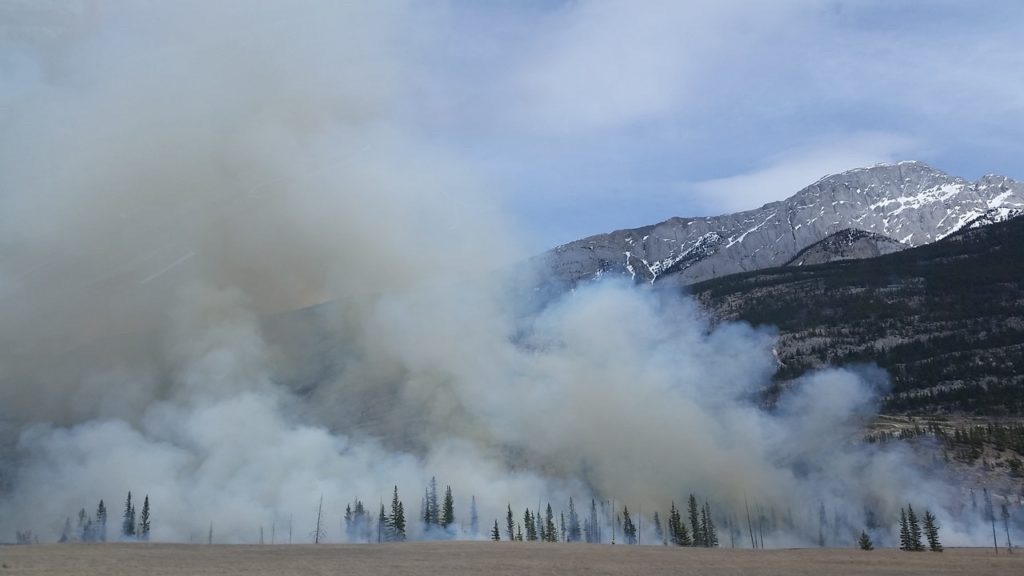
Fire Rating Levels
The NFDRS uses five different colors to make it easier to understand fire danger potential. This color rating system makes it easier for forest visitors to understand how much caution they should exercise to avoid causing a wildfire.
Green (Low)
A green rating indicates that the fire danger potential in an area is low. This means that fires are unlikely to start, and if they do, weather and fuel conditions will make it difficult for them to spread quickly. As such, any fires should be low in intensity and easy to control.
Blue (Moderate)
A blue rating indicates that fire danger potential is moderate. This means that there is potential for fires to start from most common accidental causes, but fire incidents are still relatively rare.
Fires that do start in these zones are moderate in intensity, flame length, and rate of spread. However, control is still typically not difficult and requires light to moderate clean-up.
Yellow (High)
A high fire danger rating is indicated by the color yellow. These fires present high potential for danger, and fires can easily start from small fuels like grass, needles, and debris. Fires in grasslands are difficult to control, particularly in windy conditions. Outdoor burning should be avoided when possible.
Orange (Very High)
Orange signifies a very high fire danger rating, and fires in these areas start easily from all causes, often spreading faster than suppression resources can be delivered. Flame lengths are typically long and high in intensity. Controlling these fires is very difficult. Outdoor burning is not recommended in orange-rated areas.
Red (Extreme)
Extreme fire danger is indicated by the color red. Fires in these areas start very easily, burn intensely, and spread rapidly. Small fires typically grow at a very fast rate. These fires are very difficult to control, often last for several days, and can become very dangerous. No outdoor burning should take place in areas with a red fire danger rating.
Understanding Key Terms
Here are a few important key terms to better understand how fire danger ratings are determined according to the forest fire danger rating system:
- Fuel Moisture: Fuel moisture is an estimation of the water content in live herbaceous, woody, and dead fuels.
- Relative Humidity: Relative humidity is the ratio of the moisture content in the air to the amount of moisture needed to fully saturate the air without changing the temperature or pressure. When the relative humidity drops, fire behavior increases.
- Live Fuel Moisture: Live fuel moisture refers to the water content of live herbaceous plants and is given as a percentage of the plant’s oven-dry weight. Lower values present increased fire danger potential.
- Ignition Component: The ignition component (IC) determines the probability of a firebrand causing a fire that necessitates suppressive action. The IC value can be between 0 to 100, with 100 meaning any firebrand will cause a fire that requires suppression.
- Spread Component: The spread component (SC) is a rating that determines the forward rate of spread by taking into account wind, slope, fuel bed, and fuel particle properties. An SC of 31 indicates a forward spread rate of 31 feet per minute.
Final Thoughts
By understanding what fire danger ratings signify and what goes into determining them, forest visitors and residents in fire-prone areas can make informed decisions regarding their activities to reduce their risk of starting dangerous wildfires.
Protect Your Home from Wildfire
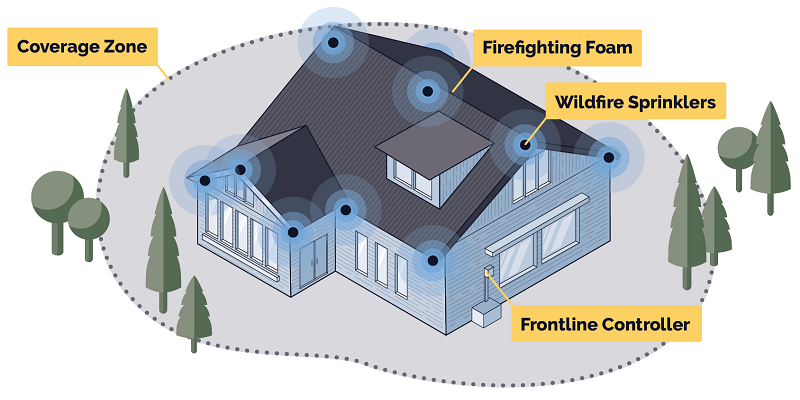
The Frontline Wildfire Defense exterior sprinkler system can protect your home from wildfire with:
- Remote activation for 24/7 protection from anywhere
- Built-in battery backup and satellite communication
- Environmentally friendly, biodegradable Class A foam
- Municipal, well, pool, and emergency water tank supply options
- Wildfire tracking and remote system activation using the Frontline app
For more information on how Frontline Wildfire Defense can help safeguard your home, contact us today for a free consultation.
